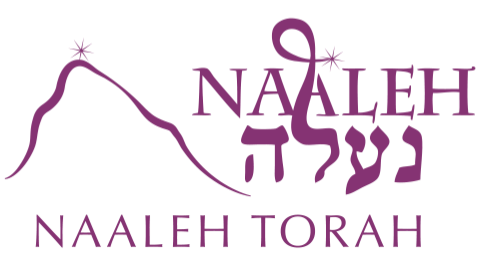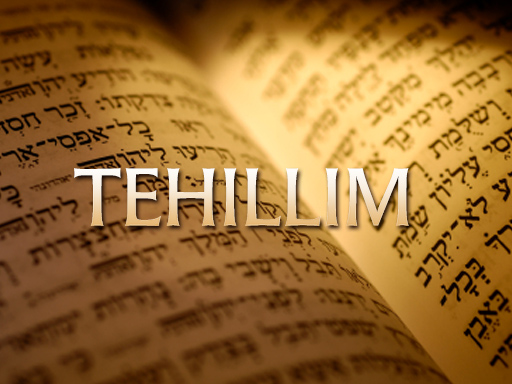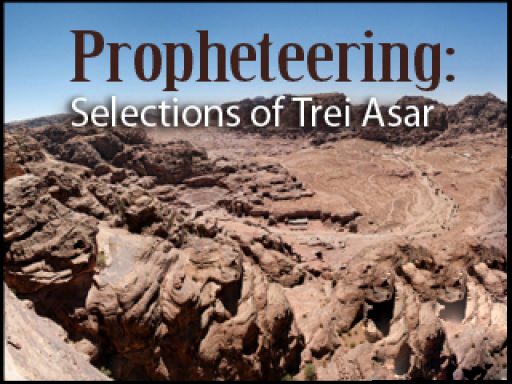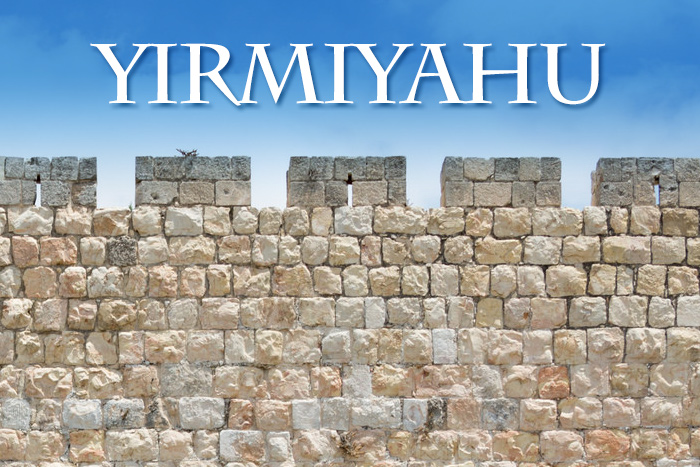Perek 23, Part 1: Mizmor L’David
Posted onThis Torah shiur (class) on Tehillim by Rabbi Avishai David analyzes Psalm 23, known as ‘Mizmor l’David’. This mizmor is sung many times over Shabbat, and is famous for its themes of complete trust in Hashem’s goodness in every situation, and of the soul’s natural yearning for spirituality and connection with Hashem.




